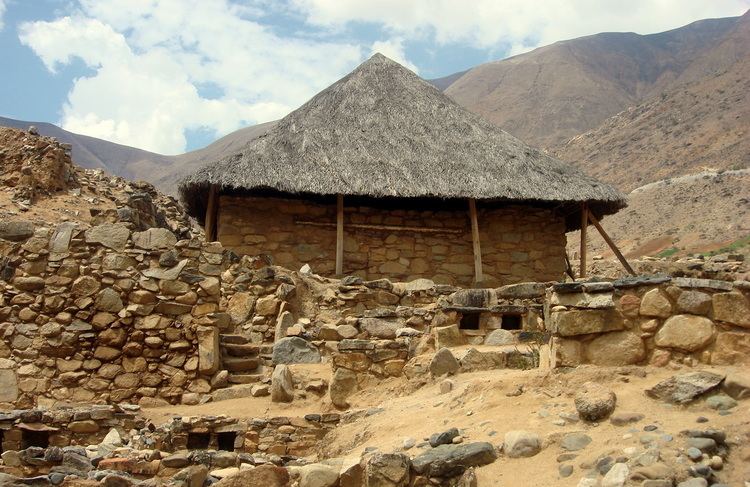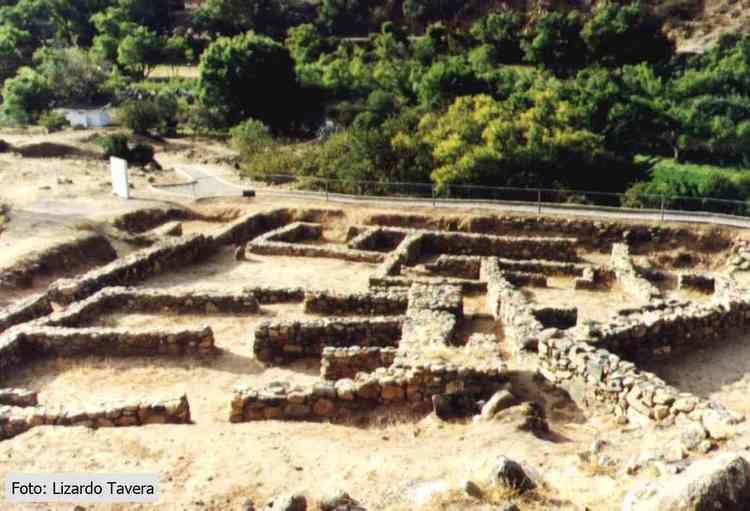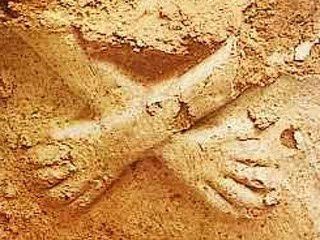 | ||
Especial kotosh centro arqueol gico en hu nuco
Kotosh is an archaeological site near Huánuco (Peru) containing a series of buildings with six periods of continuous occupation, dating from the Late Archaic to the Early Intermediate Period. The site gave name to the Kotosh Religious Tradition, which existed in Peru in 2300—1200 BCE, i.e. in the Late Archaic period. Kotosh people cultivated crops, used marine resources, built permanent settlements and multistoreyed ceremonial buildings.
Contents
- Especial kotosh centro arqueol gico en hu nuco
- Grupo kotosh miski takiy 06 ago 2016
- Stratigraphy
- Kotosh Period
- Wairajirca Period
- Mito period
- Bibliografa
- References

Kotosh also contains artifacts of later origin, mostly belonging to Chavín culture.
Grupo kotosh miski takiy 06 ago 2016
Stratigraphy
Three cultural phases which preceded the Chavin culture were identified at Kotosh,
- Kotosh
- Wairajirca
- Mito
Kotosh Period
The Kotosh Period culture stratum was situated directly beneath the Chavin culture stratum.
At this stage, maize cultivation has appeared.

Some Kotosh elements show links with the Chavin culture. For example; stirrup spouts, plain rocker stampings, and curvilinear ceramic designs. There are also similarities in black paint on red ceramics. Kotosh Black Polished Incised pottery is similar to Classical Chavin pottery.
Wairajirca Period

This is when the first pottery appeared. Wayrajirca pottery was originally found at its type site Wayrajirca, and it is also known from elsewhere in the northern highlands.

It is characterized by the polished brown and black styles decorated with incisions and post-firing paint. The designs are simple and geometric; anthropomorphic figures be added at later periods.
The Kotosh Period strongly maintained the traditions of the preceding Wairajirca Period, including the ceramic tradition.
Mito period
This was the earliest identified cultural period, which was preceramic. During this period, The Temple of the Crossed Hands was first built. The image of crossed arms is characteristic for the Kotosh temple iconography.
Some Lauricocha culture stone tools were found in this period.
